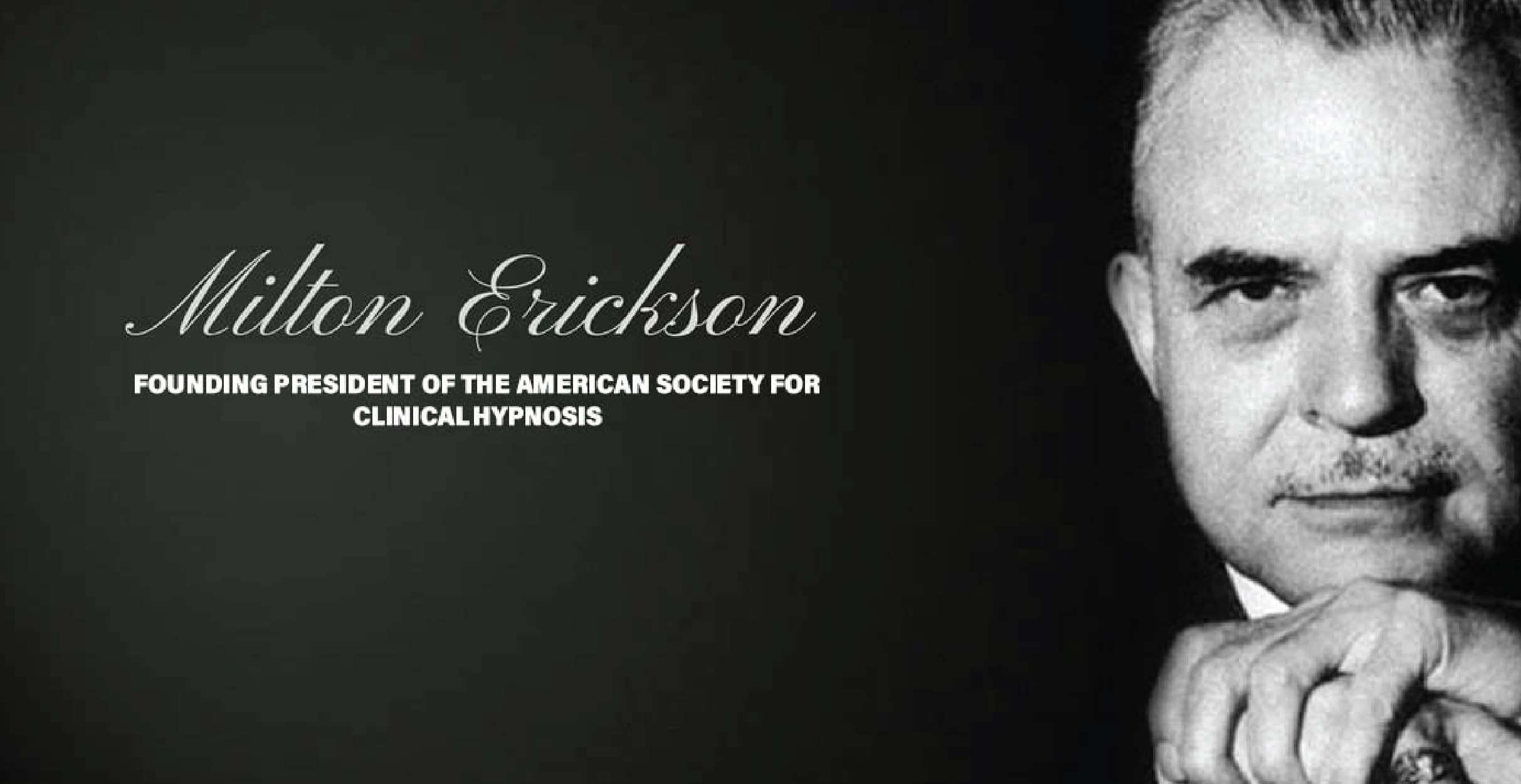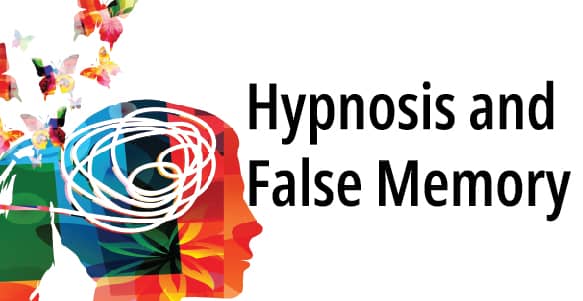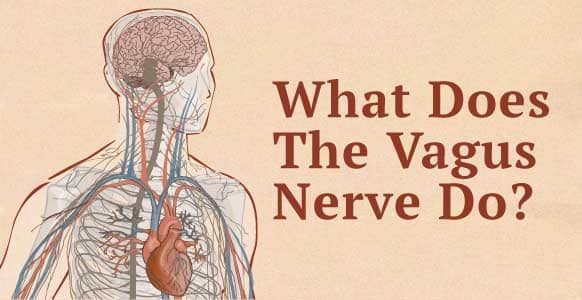
It’s a question that’s often asked in relation to clinical hypnosis.
Who’s in charge?
Many years ago, people thought it was the hypnotist who exerted some kind of powerful mind control over their subjects.
We now know that’s not the case and that no one can be made to do anything under hypnosis they don’t want to.
Another theory is that the easier you are to hypnotize, the more you’ll get out of it.
But it’s been shown that the more intelligent you are, the better your hypnosis results can be.
So is hypnosis all about compliance, or does a person’s level of intelligence play a significant role in achieving a positive outcome?
The thrust of this article concerns an overview of data compiled by Dan Short and published in the American Journal of Clinical Hypnosis.
Short’s goal is to encourage more research to try and find out whether or not unconscious intelligence produces positive outcomes during clinical hypnosis.
Clinical hypnosis is, of course, the use of hypnosis to treat and alleviate a range of mental and physical problems.
The evidence is clear: hypnosis really works. The big question is – why?
Is it down to how suggestible the subject is, or how intelligent they are? Is it a combination of the two, or is something else going on?
To find out, Dan Short asked several leading researchers and clinicians to contribute to his understanding of the problem. Their insights are summarized and paraphrased below.

Preamble
Hypnosis has a long history of being able to help people modify their behavior.
And until now, talk about the “unconscious” mind has been difficult for some to grasp.
Thanks to new and evolving technologies, however, researchers are now able to measure unconscious processes.
They believe that the use of hypnosis to enable someone to achieve a goal must involve what they describe as higher cognition.
In other words, people undergoing hypnosis need to use their little grey cells to evaluate circumstances in order to go after their goals.
After all, no matter how good the hypnotist might be, they can only guide the subject toward a certain path. It would be impossible for them to cover “every possible contingency” (as the report puts it) associated with a person’s particular problem.
In this context, the paper notes that experts define intelligence as “the creative use of knowledge to overcome problems”.
So could the creative use of suggestion to solve problems be a sign of unconscious intelligence?
It was the late Milton Erickson who first argued that hypnotherapy involved more than simply compliance with suggestion. As founding president of the American Society for Clinical Hypnosis, Erickson believed that the patient played a major role in changing their own behavior.
Theodore Sarbin went further, stating that the future of hypnosis relied on subjects participating actively in the hypnotic dialogue, rather than being “objects of suggestion” with no input and no say over the process.
Sarbin believed that intelligence and personal control were more important than being compliant. On that basis, suggestion takes a secondary role.
It may actually be the case that hypnosis activates “intelligent mental operations” that take place outside someone’s consciousness – in other words, unconscious intelligence.
But what implications does this have for clinical hypnosis?
Are Hypnotic Phenomena Real?
As early as 1852, James Braid, the so-called Father of Modern Hypnotism, noticed how people’s behavior was often influenced by outside forces and that they were not consciously aware of it.
And while it was once thought that behavior was a result of conscious intention, research has shown it to be the other way round, that intentions are formed as a result of behavior.
In other words, people don’t choose to act because of a specific intention on their part, but modify their intentions as a result of behaviors taken.
Psychologists Baumeister and Masicampo go as far as to say that conscious will doesn’t function to organize behavior for problem solving. Instead, it serves to associate actions with feelings in order to facilitate identity formation.
As far as hypnosis is concerned, Weinberger et al. have recently turned one assumption about hypnosis on its head. It used to be thought that hypnosis was a way of interrupting normal conscious control.
Weinberger and his team believe that the opposite is true, that unconscious regulation of behavior is actually the norm. They explain it like this.
It’s normal for people to want to explain their behavior. During hypnosis, a subject’s behavior is often attributed to external forces, i.e. the hypnotist and/or the hypnotic trance. It makes sense, then, that hypnosis participants feel that they are not responsible for their actions.
They add that experienced hypnosis subjects know what’s going to happen and attribute the “ease of processing” to their compliance with the hypnotist’s suggestions. The more sessions they undergo, the easier things become, and the more compelling the notion of compliance-related success appears.
That theory leads the Weinberger camp to suggest that there is in fact no such thing as hypnotic phenomena, and that everything that happens as a result of hypnosis comes about through common unconscious processes depending on the specific circumstance or situation.
Further research by Nash implies that heightened states of suggestibility don’t actually exist. Instead, people make use of their own unconscious intelligence to learn, solve problems and make important and timely decisions.

Hypnosis & False Memories
Another issue researchers have with hypnosis concerns the notion of memory. It turns out that it’s easy to generate false memories of infancy during a hypnotic regression.
Often these discovered or recovered memories are nothing less than illusions constructed by the subject, meaning that the value of hypnosis in retrieving so-called lost memories is being called into question.
There has been some research into the phenomenon of ideomotor signaling, the concept that hypnosis subjects make unconscious movements when in a hypnotic trance. Also called the ideomotor response (IMR), it applies to a situation where a specific thought or image causes a reflex action, and one that is usually outside the awareness of the subject.
This research doesn’t question the concept as a whole but does raise questions about one particular technique, namely Chevreul’s pendulum, which it suggests does not provide access to “special unconscious knowledge” that cannot be acquired in other ways.
It goes on to add that ideomotor communication can still be a valuable tool during hypnotherapy but that any information gathered while using it should be weighed up against knowledge gained through open-ended questions and reflection.
Hypnosis & Imagery
Imagery plays an important role in modern hypnosis, but where does its value lie? To put it another way, does imagery directly affect a person’s unconscious intelligence?
To try and find an answer, the reviewer compares mental images to phonemes, which are units of sound that help you distinguish one word from another.
For instance, the words tip and dip show that “t” and “d” belong to separate phonemes because the words have different meanings. English speakers need to be aware of the distinction between the two sounds in order to grasp the meaning of each of the words.
Likewise, a mental image is linked to attitudes and emotions that can give different meanings to various situations. The author (Short) explains it like this.
Change one letter in a word and it has a totally different meaning, such as “not” to “knot”. In the same way, the addition of a single image can alter the meaning of a past experience or a future expectation.
Short mentions the example of a woman who was having nightmares about looking into the open casket of a recently deceased friend. When she thought about the vision surrounded by a shower of white lilies (her favorite flower), the fear and panic (and subsequent nightmares) disappeared.
This new image basically changed the experience for her from negative to positive. And that’s the value of imagery in hypnosis in a nutshell.
It helps the subject change the meaning of a memory or situation, especially when the images are significant and emotionally charged. Furthermore, this “emotional reorganization” happens outside the subject’s conscious awareness.
It takes place in the realm of feeling and emotion, separate from conscious thought, and therefore probably associated with unconscious intelligence.

The Use Of Metaphor & Storytelling In Hypnosis
The art of hypnosis relies on association, because that’s the way the unconscious mind works. As a result, stories and metaphors help to stimulate the subject’s imagination and transport them inward, where they can access their own creativity.
As Consuela Casula puts it, metaphors help to initiate a “process of unconscious exploration” that enables you to see new possibilities and options.
This is symbolic language, where one thing stands for another. The use of metaphors can help therapists find a way to relate to their subjects and interact with them more effectively.
For instance, someone who talks about “fighting a losing battle” could be encouraged to come up with a “winning strategy”.
>> Check out Hypnotic Symbolic Language: The Power Of Metaphor & Symbols for more information on hypnotic symbolic language.
Stories serve a similar purpose as metaphors in that they are loaded with meaning and can often transport the subject to different times and places. As William James noted, stories can illuminate and reveal truths through the use of images, metaphors and various implied associations.
Much of what you get out of a story is what James calls “inarticulate” but nevertheless full of significance. You only have to think of parables or Aesop’s fables to see how a simple story about someone or something else can really drive a point home.
The great Milton Erickson is reported to have said that trance was a “special state of mind” in which it was easier and more likely that problems could be solved. That’s partly because during trance the subject’s focus and attention are turned inward, towards what Erickson and Rossi refer to as “inner realities”.
Like metaphors, stories tap into the power of unconscious intelligence and are not necessarily dependent on compliance. They make it possible to make sense of your own personal experiences and unspoken knowledge.
It’s a well-known fact that Erickson used stories and metaphors to help his subjects achieve “certain therapeutic goals”.
Hypnosis & Embodied Experience
This refers to the role of embodied (or personal) experience and the “manipulation of objects in physical space” during hypnosis, and how that might have an impact on a person’s unconscious intelligence.
While Erickson relied on metaphors and stories, Fabre Robles prefers what he calls metaphoric objects. These are basically any objects that represent something important in the subject’s life, something that has significant meaning for them.
Instead of relying on word metaphors, Robles uses movement and spatial reorientation to effect learning and growth.
The subject’s physiological capabilities such as breathing, standing, holding objects or pushing them away, or moving to a different space, can all be used to “stimulate psychological adaptation and growth”.
This presupposes that purposeful movement is one of the ways in which unconscious intelligence helps you integrate emotional and cognitive material to make sense of the world and solve problems.
More research needs to be done to explore this concept in greater depth.
Conclusion
Thanks to new technologies and methodologies, it’s becoming possible to measure unconscious processes in ways that would have seemed inconceivable not long ago.
And while some experts believe the unconscious to be a separate and “modifiable entity”, others think that the use of hypnosis to achieve goals in a therapeutic context must be proof of some “higher cognition” – which they argue leads to the notion of unconscious intelligence.
So, what exactly is the role of unconscious intelligence in terms of helping you make decisions, solve problems and create a better life for yourself?
Could it be responsible for those moments of inspiration? Those times when you shout out “aha!” or “eureka!”, as the answer to your problem suddenly makes itself known to you?
The thing to remember is that unconscious intelligence is not directly related to a person’s IQ or EQ. The impact of any hypnotherapy session will still depend largely on how you respond to the hypnotist’s suggestions.
There’s no question that hypnosis has already been shown to be a catalyst that can also help people achieve these results. But are the results down to compliance with a clinical hypnotist, or simply due to the activation of their own unconscious intelligence?
Historically, the theories have always implied that positive clinical outcomes were the result of compliance with suggestion. But those opinions changed when Milton Erickson put forward the notion of therapy as a problem-solving tool and the idea that unconscious intelligence was more important for well-being than compliance.
It’s likely that the truth lies somewhere in between. It’s also likely that unconscious intelligence is a natural part of the problem-solving process, something that’s essential to every human being who wants to put an end to anything that causes them pain.
What’s certain, however, is that hypnosis is a powerful tool that gives access to those inner realities mentioned above, making it easier for people to learn, to grow and to move their lives forward in a positive and healthy way.








![[ADVANCED GUIDE] How To Master Hypnotic Regression Therapy - Part I: Essential Principles To Profoundly Transform Your Subject’s Emotional Trauma [ADVANCED GUIDE] How To Master Hypnotic Regression Therapy - Part I: Essential Principles To Profoundly Transform Your Subject’s Emotional Trauma](https://hypnosistrainingacademy.com/wp-content/uploads/2016/09/hypnotic-regression-therapy-essential-principles.jpg)





